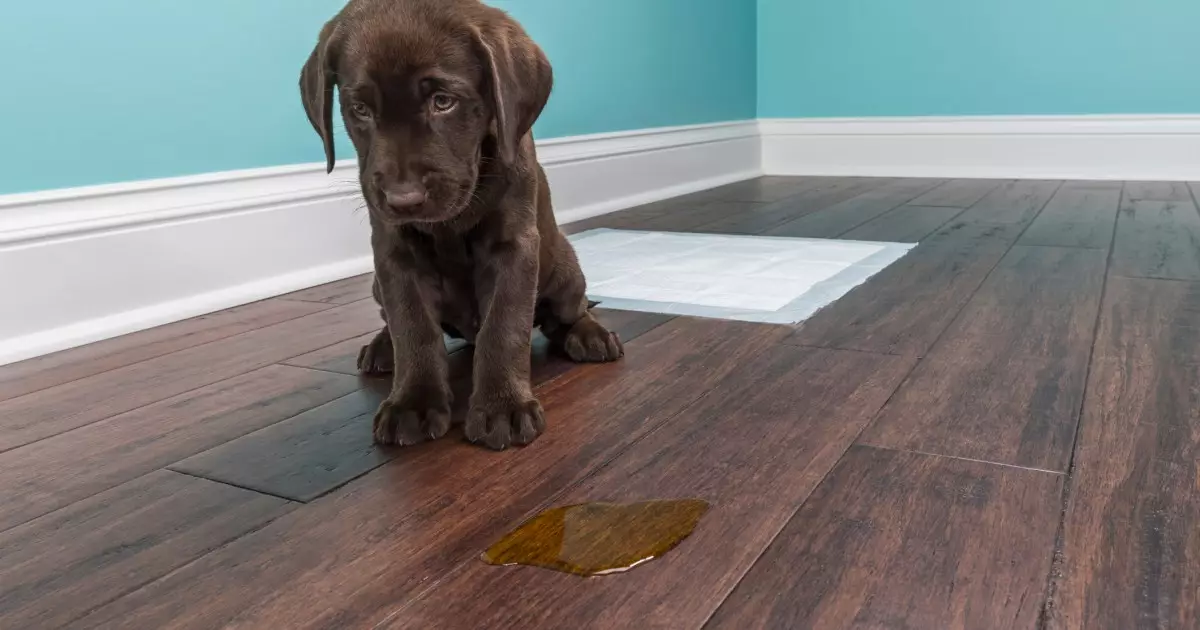Potty training a dog can appear to be an overwhelming endeavor, particularly for first-time pet owners. Nevertheless, with the right strategies and a sprinkle of patience, this goal is not only achievable but can also turn into an uplifting bonding experience between you and your furry friend. This article provides dog owners with crucial insights into effectively potty training their pups, ensuring that the process is as smooth as possible.
One of the first steps in successful potty training is to understand how dogs think and learn. Unlike humans, dogs lack the ability to connect past actions with immediate consequences, especially when the repercussions are delayed. If you discover an accident in the house, reacting with anger or punishment serves no purpose. Instead, it is essential to catch your dog in the act; this gives them a chance to associate the outside environment with the desired behavior. Make it a routine to praise your dog when they do well outside, establishing a positive experience that enhances learning.
Positive reinforcement is far more effective than verbal reprimands or physical punishments. Dogs thrive on rewards, whether that’s praise, treats, or playtime. When your dog successfully goes outside, shower them with affection and rewards. This positive feedback helps reinforce the behavior you want to encourage.
A common misconception among pet owners is that dogs feel guilt after an accident. In reality, dogs reflect emotional responses based on cues from their humans. A dog may lower its head or avoid eye contact, not because they feel guilty, but because they sense their owner’s disappointment. It’s vital to remember that dogs do not inherently understand that urinating or defecating indoors is wrong. They simply learn through associations and experiences, making it critical to create a positive learning environment.
Establishing a Consistent Routine
Consistency is the backbone of successful potty training. Dogs thrive on routine; hence, a fixed schedule for meals, outdoor visits, and potty breaks helps establish clear expectations. Ideally, take your dog out shortly after they eat, drink, or wake up from sleep. Keeping a diary to track these activities can be incredibly beneficial.
It’s also worth noting that changes in diet can result in changes in potty habits. Sudden shifts in the type of food can upset a dog’s stomach or impact their regular elimination schedule. Therefore, any dietary changes should be gradual to allow the dog’s system to adapt.
On the Lookout for Signals
As you engage in the potty training journey, becoming attuned to your dog’s specific signals is essential. Encouraging them to communicate their needs will speed up the training process. Common signs to watch for include pacing, sniffing around, scratching at the door, or even looking expectantly at you. Once you recognize these signs, promptly escort your dog outside to reinforce good behavior.
Always remain vigilant and observant. Each dog is unique, and subtle cues can vary widely, so patience and observation will help you become in tune with your dog’s specific behaviors.
The Role of Environment
It’s important to remember that the environment plays a significant role in potty training. Weather, in particular, can deter dogs from wanting to go outside. To mitigate this, accompany your pup outside regardless of the conditions, assuring them that potty time is not an option but a necessity, rain or shine. Creating a conducive atmosphere for outdoor potty time encourages consistent behavior and fosters a sense of security.
Despite the best efforts, accidents are a part of the training process. Whether caused by excitement, fear, or illness, it’s crucial to address these moments with composure. Remember that even the most trained dogs can have off days. If accidents become frequent, it may be time to consult a veterinarian to rule out any underlying health issues that could be contributing to the problem.
Empowering your dog to understand proper potty behavior may take time, but the journey is worthwhile. Consistent training, coupled with observation and positive reinforcement, will lead to success in no time. Before you know it, your pup will fully transition to doing their business outdoors, adding joy and ease to the pet ownership experience. So, embrace the process, celebrate the small victories, and enjoy the bond that develops along the way.


Leave a Reply